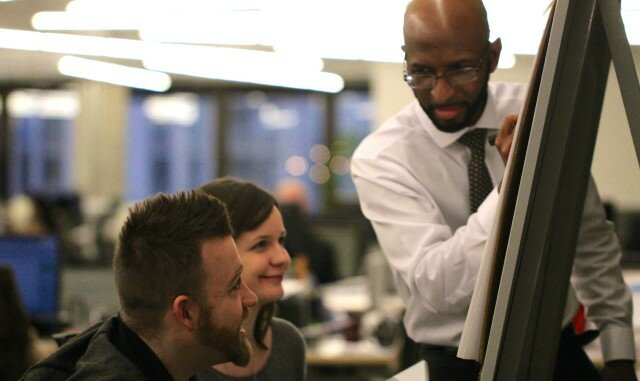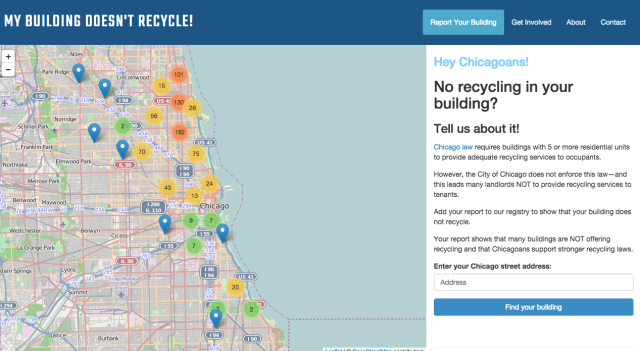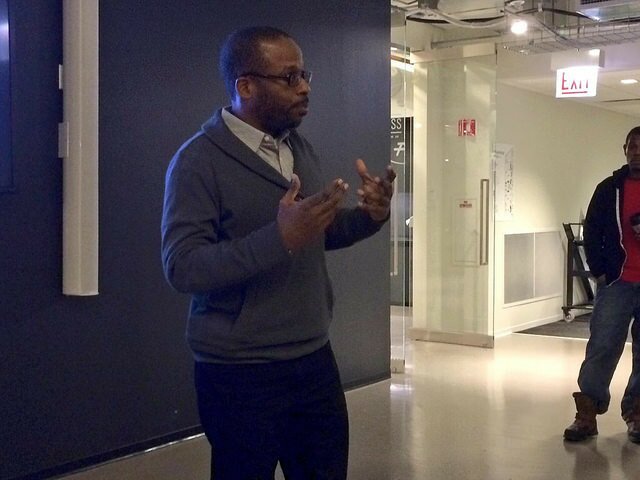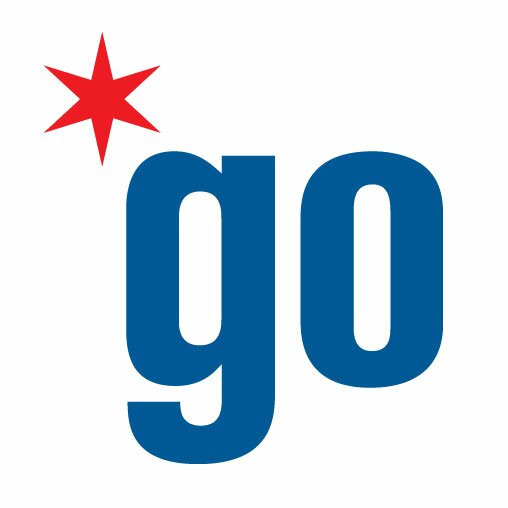What does it look like to build civic tech with, not for? What’s the difference between sentiment and action?
That’s the thrust of Experimental Modes in Civic Engagement for Civic Tech — a special initiative that I’m leading for Smart Chicago as part of their Community Information Deep Dive. The scope of this work is guided by the “civic” in “civic technology”, the idea that people need to be prioritized above production.
The project has three parts: (1) a scan of the field, identifying practitioners of needs-responsive, community-driven tech and the basic characteristics, best practices, and models that define their work, (2) a convening of practitioners at the Chicago Community Trust in April 2015, and (3) a book, documenting our investigation of the space and civic tech tactics and strategies that refocus the work on people.
Criteria
In order to inform the scan of the field, I developed a series of criteria for evaluating whether a project meets the standard of being needs-responsive and community-driven. To prioritize people and build with them is to:
- Start with people: Work with the real people and real communities you are part of, represent, and/or are trying to serve
- Cater to context: Leverage and operate with an informed understanding of the existing social infrastructure and sociopolitical contexts that affect your work
- Respond to need: Let expressed community ideas, needs, wants, and opportunities drive problem-identification and problem-solving
- Build for best fit: Develop solutions and tools that are the most useful to the community and most effectively support outcomes and meet needs
- Prove it: Demonstrate and document that community needs, ideas, skills, and other contributions are substantially integrated into — and drive — the lifecycle of the project
Beyond direct application to the Experimental Modes initiative, my goal in creating these criteria was to define the leanest standard possible for translating the idea of “with” to a series of identifiable practices that can be used for further investigation, accountability, and guidance outside of this project.
Some of the principles defined above have been long mirrored in (and championed by!) the design community, but their expression has yet to become part of the primary approach to creating civic technology as commonly talked about today. Nor has there been much dialogue about what it means to do more than just design with a community, but to literally build and evaluate these civic tools together — to let community drive the whole process.
As we push this conversation — and active experimentation — forward, our next steps focus on sharing modes of existing community co-construction with high-value lessons and patternable best practices. We’re also organizing a convening of practitioners, so if your work/projects you know of meet the criteria above.

Dig this inspiring stock image of collaboration? Learn more about it here.
 The Environmental Breakout Group at OpenGov Hack Night has been working on a site to report buildings that don’t recycle. Chicago’s ordinances require buildings with five or more rental units to provide recycling. However, the city doesn’t always enforce this law leading some landlords to not provide recycling.
The Environmental Breakout Group at OpenGov Hack Night has been working on a site to report buildings that don’t recycle. Chicago’s ordinances require buildings with five or more rental units to provide recycling. However, the city doesn’t always enforce this law leading some landlords to not provide recycling. At the February 3, 2015 Chicago OpenGov Hack Night, Jimm Dispensa talked about Aldertrack – A project to help residents of Chicago follow the 2015 Chicago Aldermanic and Mayoral elections. The site offers race forms, analysis, webinars, as well as providing extensive social media coverage of each race.
At the February 3, 2015 Chicago OpenGov Hack Night, Jimm Dispensa talked about Aldertrack – A project to help residents of Chicago follow the 2015 Chicago Aldermanic and Mayoral elections. The site offers race forms, analysis, webinars, as well as providing extensive social media coverage of each race.

